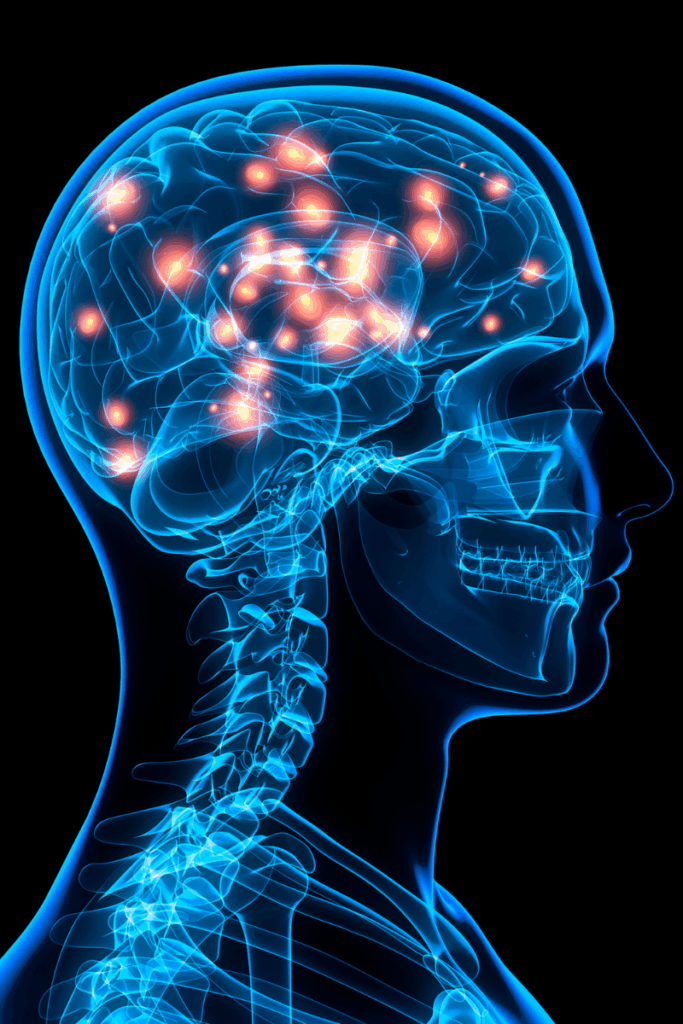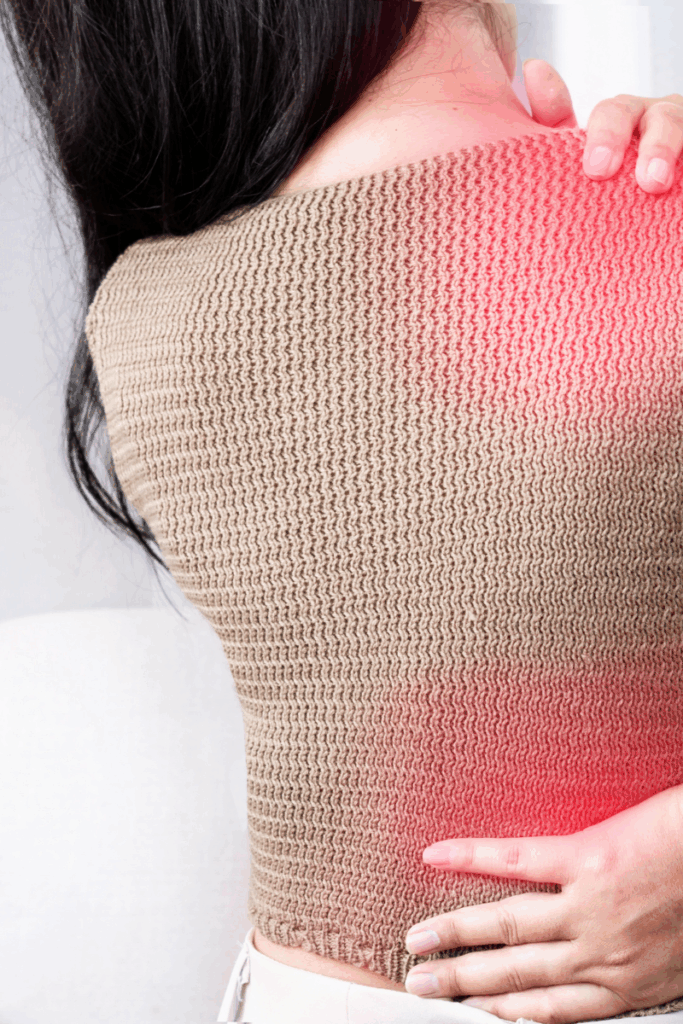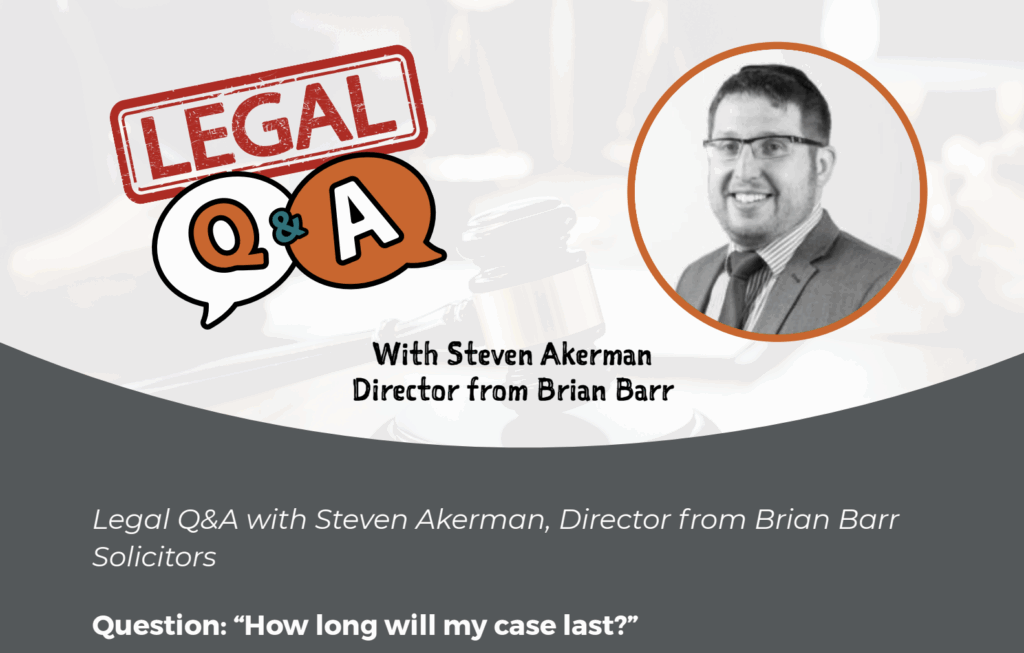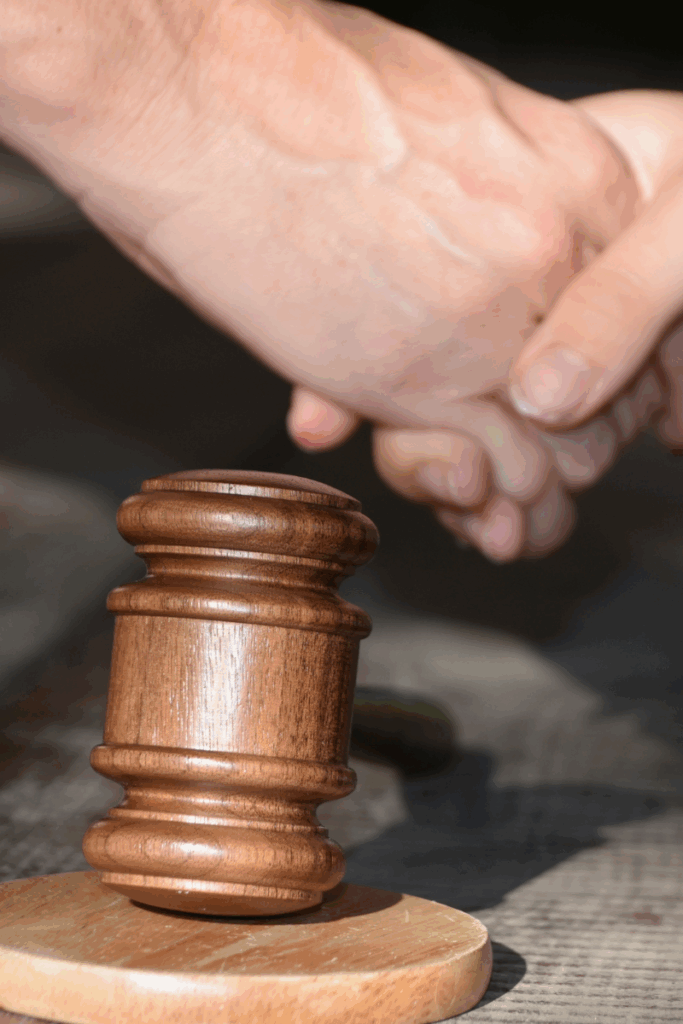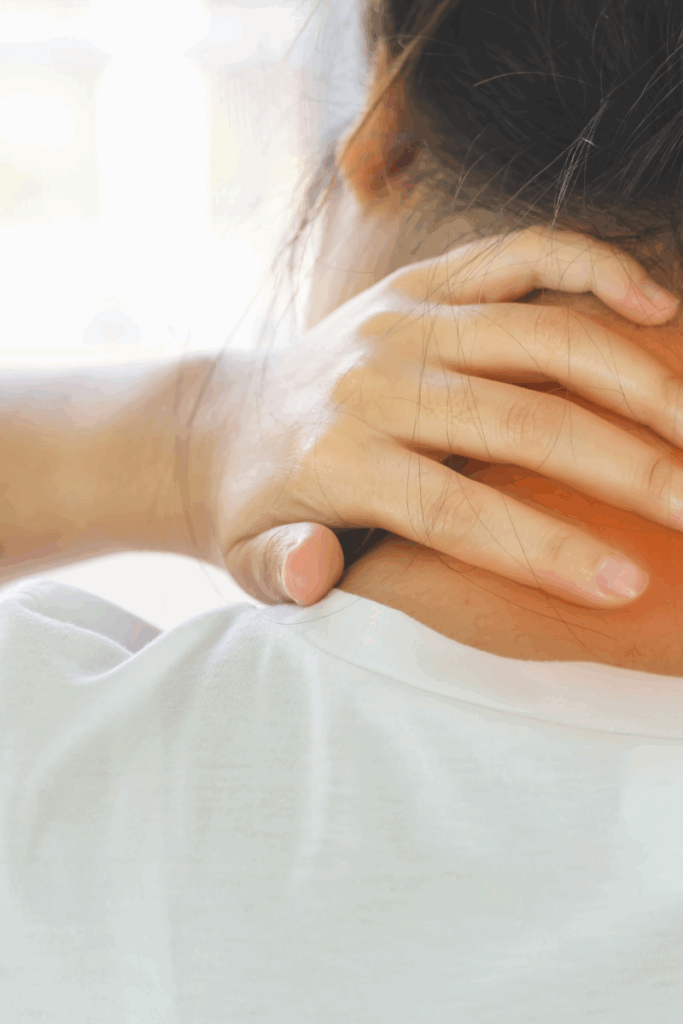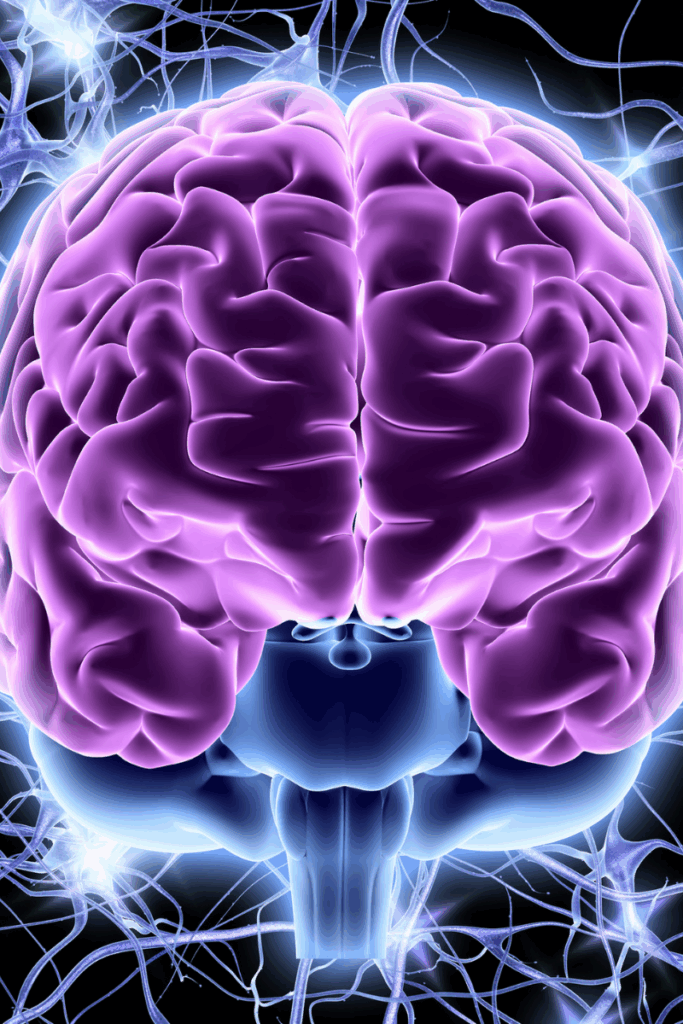Complex regional pain syndrome (CPRS) affects approximately 5% of all injuries that occur yet remains poorly understood.
Characterised by severe, chronic pain, the chronic condition most often affects a person’s limbs and can get progressively worse over time. There are two forms of CRPS, known simply as Type 1 CRPS and Type 2 CRPS. In this blog, we look at the characteristics of each and compare differences. Read on to find out more.
Complex regional pain syndrome usually occurs after an injury or trauma and most typically affects the arms, legs, hands, or feet. CRPS is thought to be the result of damage or malfunction of the central or peripheral nervous system.
There are many misconceptions about CRPS, which often makes diagnosis difficult. According to the Royal College of Physicians Guidelines, it can be said that CRPS is:
A debilitating, painful chronic condition in a limb or extremity
It is associated with sensory, motor, autonomic, skin and bone abnormalities
Pain is the leading symptom and is usually out of proportion to the original or inciting event
It is often associated with limb dysfunction
It causes psychological distress – CRPS is not caused by psychological issues or mental health problems
It often arises after an injury to a limb
Complex regional pain syndrome occurs in two types, each of which have similar signs and symptoms but different causes.
CRPS Type 1, also known as Reflex Sympathetic Dystrophy Syndrome (RSDS), occurs after an injury or an illness that did not directly damage a nerve in the affected limb. It usually follows minor or major tissue injury to the extremities. According to the complex regional pain syndrome section on the Mayo Clinic website, around 90% of CRPS sufferers have Type 1.
Symptoms of CRPS Type 1:
The pain from CRPS Type 1 is unusually severe and may continue after the injury has healed. The injured limb of a patient with CRPS Type 1 may swell or sweat. Temperature changes and altered skin tone may also become evident. The skin may become thin and the sufferer prone to infections and sores.
CRPS Type 2, once referred to as causalgia, has similar symptoms to Type 1 but occurs after a distinct nerve injury. One distinguishable characteristic is that CRPS Type 2 does not migrate from the original site of injury like CRPS Type 1.
Symptoms of CRPS Type 2:
Skin and nails are amongst the areas that may become damaged by CRPS Type 2, with a distinct change in the rate of hair and nail growth. Pain from CRPS Type 2 is manageable at first, however, generally develops a resistance to pain medicines. The joints of the affected area are likely to stiffen and dysfunction.
Burning Nights, a support network for CRPS sufferers, carers and families, refer to a third subtype of complex regional pain syndrome known as CRPS Not Otherwise Specified or CRPS NOS. This is related to patients who do not fully meet the criteria of complex regional pain syndrome but whose signs and symptoms cannot be explained better by another diagnosis.
Many cases of complex regional pain syndrome occur after a forceful trauma to an arm or a leg. This can include a crushing injury, fracture or amputation. Other major and minor traumas — such as surgery, heart attacks, infections and even sprained ankles — can also lead to complex regional pain syndrome.
If you believe you have CRPS because of an accident or injury that was not your fault, you may be entitled to claim compensation. As leading CRPS solicitors the friendly team here at Brian Barr have vast experience of handling complex cases and can offer supportive, confidential advice.
To discuss your claim with our personal injury solicitors Manchester in further detail, call us or click here to fill in our online contact form.
We do not endorse any research, studies or sources mentioned within our blogs and comments. Furthermore, we do not endorse any medical advice provided, and would strongly recommend anyone seeking medical advice to contact their local healthcare provider.




